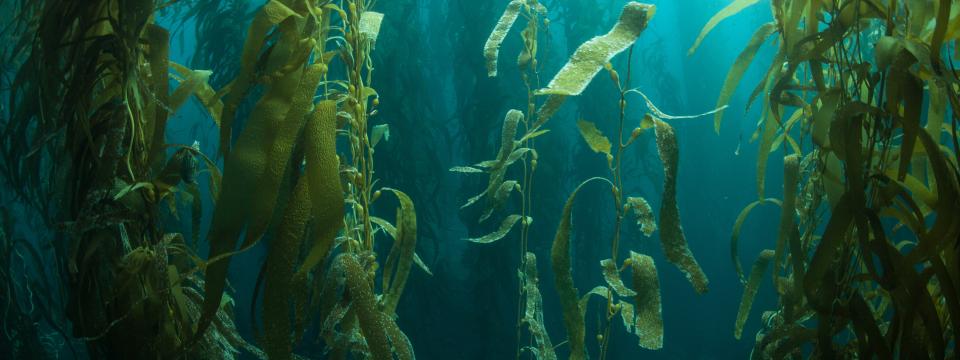This bibliography gathers publications over many years from a variety of researchers exploring topics of agency, directionality, and function (among others) with a special emphasis on CASP members. It began with work from teams within the initial Agency, Directionality and Function project and continues to be populated with papers and articles from diverse researchers looking to further develop and expand ways of working interdisciplinarily on the complex theme of teleology.
Included in the bibliography are entries for publications and books that many scholars involved in the Agency, Directionality and Function project recommended as foundational texts in their field of study. We welcome suggestions for additions to the bibliography from CASP members.
Adaptation and Adaptationism
Ågren, A. J. (2021). Why the selfish genes metaphor remains a powerful thinking tool | Aeon Essays. Aeon.
Ågren, J. A., Haig, D., & McCOY, D. E. (2022). Meiosis solved the problem of gerrymandering. Journal of Genetics, 101(2), 38.
Axelrod, R. (1984). The Evolution of Cooperation. New York: Basic Books.
Ayala, F.A. (1970). “Teleological explanations in evolutionary biology.” Philosophy of Science 37:1–15.
Basanta, S., & Nuño de la Rosa, L. (2023). The female orgasm and the homology concept in evolutionary biology. Journal of Morphology, 284(1).
Brandon, R. (1981). “Biological teleology: questions and explanations.” Studies in History and Philosophy of Science 12:91–105.
Brun-Usan, M., Rago, A., Thies, C., Uller, T., & Watson, R. A. (2021). Development and selective grain make plasticity “take the lead” in adaptive evolution. BMC Ecology and Evolution, 21(1), 205.
Brun‐Usan, M., Zimm, R., & Uller, T. (2022). Beyond genotype‐phenotype maps: Toward a phenotype‐centered perspective on evolution. BioEssays, 2100225.
Catania, K. (2020). Great Adaptations: Star-Nosed Moles, Electric Eels, and Other Tales of Evolution’s Mysteries Solved. Princeton and Oxford: Princeton University Press.
Chiu, L. (2019). “Decoupling, co-mingling and the evolutionary significance of experiential niche construction.” In Evolutionary Causation: Biological and Philosophical Reflections. Edited by T. Uller and K. Laland. Cambridge (MA): The MIT Press. https://doi.org/10.7551/mitpress/11693.003.0015.
Clark, J. W., Harris, B. J., Hetherington, A. J., Hurtado-Castano, N., Brench, R. A., Casson, S., Williams, T. A., Gray, J. E., & Hetherington, A. M. (2022). The origin and evolution of stomata. Current Biology, 32(11), R539–R553.
Dawkins, R. (1976).The Selfish Gene.Oxford: Oxford University Press.
Dawkins, R. (1982).The Extended Phenotype: The Gene as the Unit of Selection.Oxford: Oxford University Press.
Deakin, W. J., Anderson, P. SL., den Boer, W., Smith, T. J., Hill, J. J., Rücklin, M., Donoghue, P. CJ., & Rayfield, E. J. (2022). Increasing morphological disparity and decreasing optimality for jaw speed and strength during the radiation of jawed vertebrates. Science Advances, 8(11), 13.
Doulcier, G., & Lambert, A. (2023). Neutral Diversity in Experimental Metapopulations (arXiv:2307.06393). arXiv.
Duckworth, R. A., Chenard, K. C., Meza, L., & Beiriz, M. C. (2023). Coping styles vary with species’ sociality and life history: A systematic review and meta-regression analysis. Neuroscience & Biobehavioral Reviews, 151, 105241.
Feiner, N., Radersma, R., Vasquez, L., Ringnér, M., Nystedt, B., Raine, A., Tobi, E. W., Heijmans, B. T., & Uller, T. (2022). Environmentally induced DNA methylation is inherited across generations in an aquatic keystone species. IScience, 25(5), 104303.
Ferrón, H. G., & Donoghue, P. C. J. (2022). Evolutionary analysis of swimming speed in early vertebrates challenges the ‘New Head Hypothesis.’ Communications Biology, 5(1), 863.
Gai, Z., Li, Q., Ferrón, H. G., Keating, J. N., Wang, J., Donoghue, P. C. J., & Zhu, M. (2022). Galeaspid anatomy and the origin of vertebrate paired appendages. Nature, 609(7929), 959–963.
Gai, Z., Lin, X., Shan, X., Ferrón, H. G., & Donoghue, P. C. J. (2023). Postcranial disparity of galeaspids and the evolution of swimming speeds in stem-gnathostomes. National Science Review, 10(7), nwad050.
Garson, J. (2022, November 14). Evidence grows that mental illness is more than dysfunction. Aeon Essays.
Garson, J. (2022, November). The helpful delusion: Evidence is growing that mental illness is more than dysfunction, with enormous implications for treatment. Aeon.
Godfrey-Smith, P. (2001). “Three kinds of adaptationism.” In Adaptationism and Optimality. Edited by S.H. Orzack and E. Sober. New York: Cambridge University Press, 335–357.
Godfrey-Smith, P. (2009). Darwinian Populations and Natural Selection. Oxford: Oxford University Press.
Gould, S.J. and E. Vrba. (1982). “Exaptation--A Missing Term in the Science of Form.” Paleobiology 8(1):4–15.

